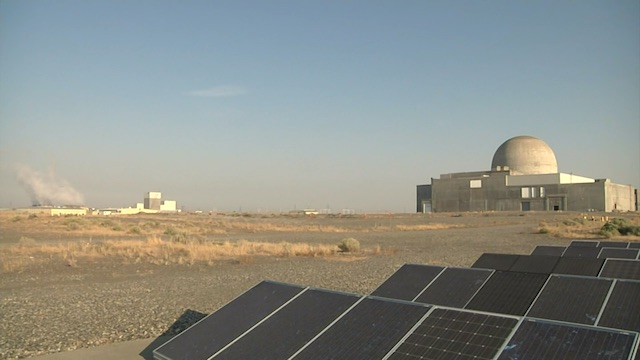forum
library
tutorial
contact

BPA Power Rates Falling
for First Time in a Decade
by Pete DankoPortland Business Journal, July 29, 2021
|
the film forum library tutorial contact |

|
BPA Power Rates Falling
by Pete Danko |
The agency has struggled to keep rates low amid rising costs for maintenance and fish recovery
and shifting power markets that have reduced the value of its surplus power sales.
 Consumer-owned utilities in the Pacific Northwest will soon see something they haven't in a while: lower power rates from the Bonneville Power Administration.
Consumer-owned utilities in the Pacific Northwest will soon see something they haven't in a while: lower power rates from the Bonneville Power Administration.
Average rates for Tier 1 purchases -- that's the power that utilities lock in -- will decrease 2.5% beginning Oct. 1, although rate changes for individual utilities will vary.
BPA sells power from 31 federal dams and the only nuclear power plant in the region under 20-year contracts, with biennial rate cases.
The agency has struggled to keep rates low amid rising costs for maintenance and fish recovery and shifting power markets that have reduced the value of its surplus power sales. It embarked on a five-year plan to shore up its finances in 2018.
'Today's announcement demonstrates we are financially strong, competitive and responsive to our customers' needs," John Hairston, BPA administrator, said in a statement.
In the rate case, BPA in April agreed with a proposal by public power customers to cap its use of power revenues to pay for capital investments at $40 million annually instead of a planned $95 million, paving the way for the lower rates.
The Public Power Council, which represents more than 100 BPA utility customers, said the agency found a good middle ground.
'This balancing effort allows BPA to retire debt while returning noticeable near-term savings back to the region at a time when many Northwest communities are really hurting," Scott Simms, the group's executive director, said in a statement. 'We appreciate our PPC members and public power trade allies who were willing to lean in with a concerted voice, and we appreciate BPA taking notice and investing effort to turn our proposal into a reality."
BPA wanted to use 'revenue financing' to reduce debt and relieve future financial pressure as it faces the prospect of renewing long-term power contracts in 2028 amid questions about whether it can compete in the open power market against ever-cheaper wind and solar.
In a news release, the agency said the new rates will give it 'a 10-year period during which BPA's power rate trajectory increased by less than 2% annually, which is in line with historical inflation rates."
BPA is also capping revenue financing on the transmission side of its business at $40 million. Transmission rates will increase 6.1% on average, nearly half the 11.6% initially proposed by BPA.
Related Pages:
Greens Blast 'Get Out of Jail Free Card' for Fed Hydro Giant by Jeremy Jacobs, E&E News, 7/30/21
learn more on topics covered in the film
see the video
read the script
learn the songs
discussion forum
